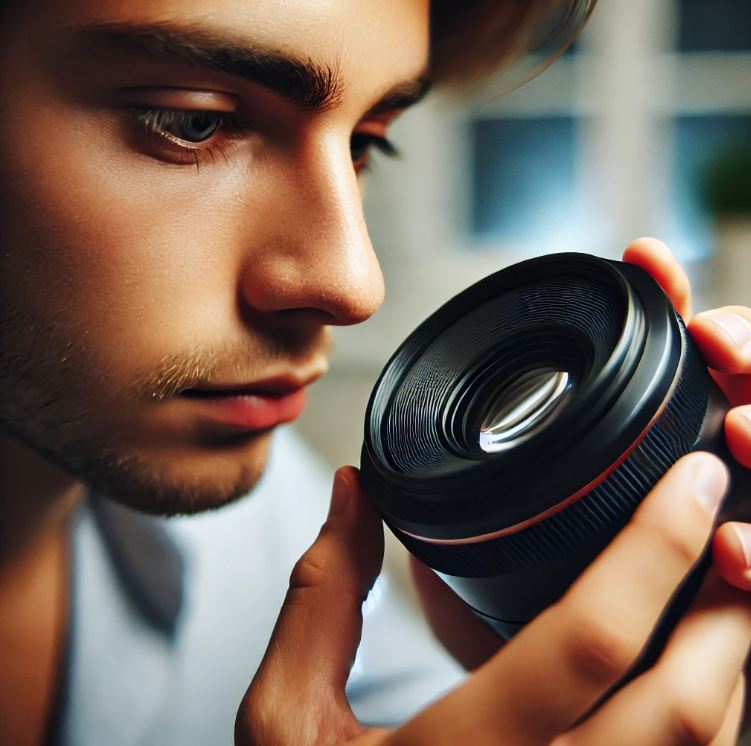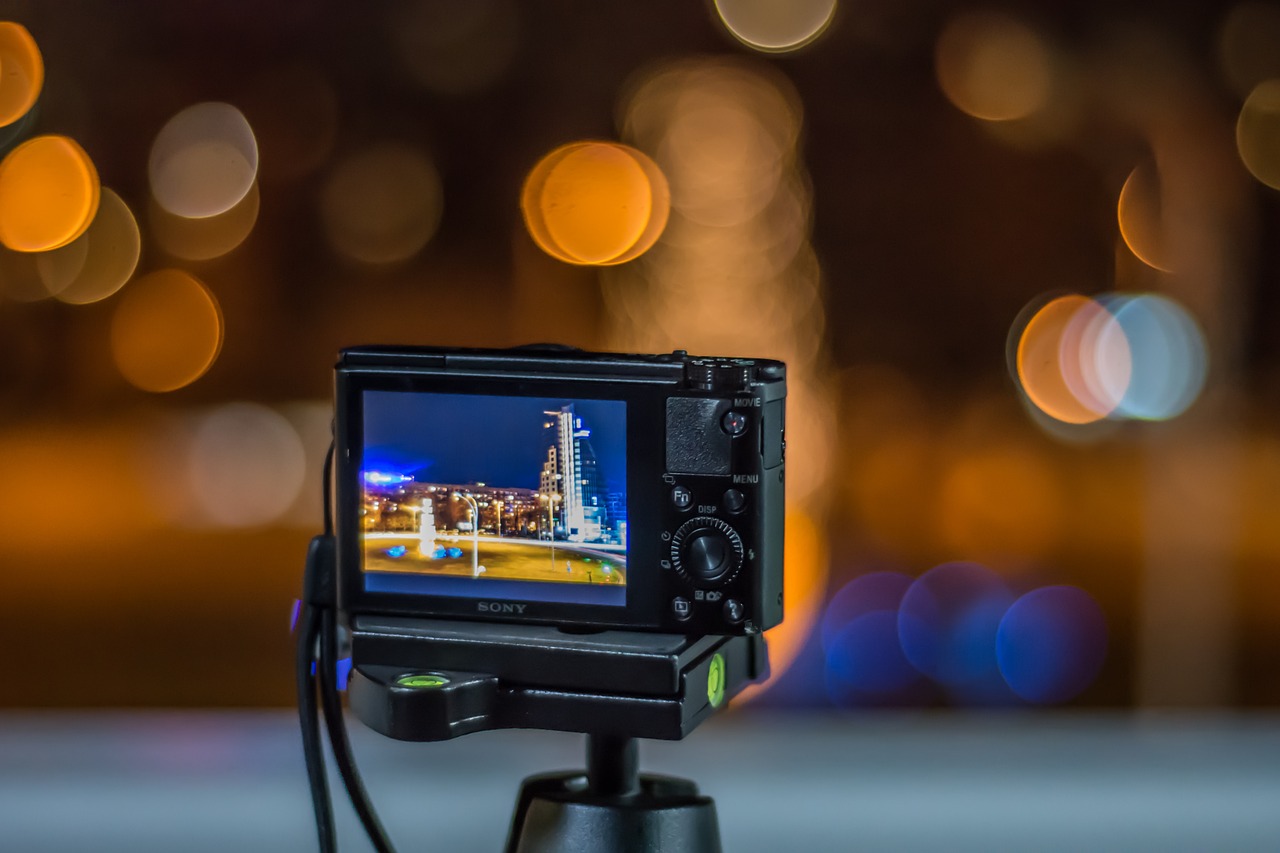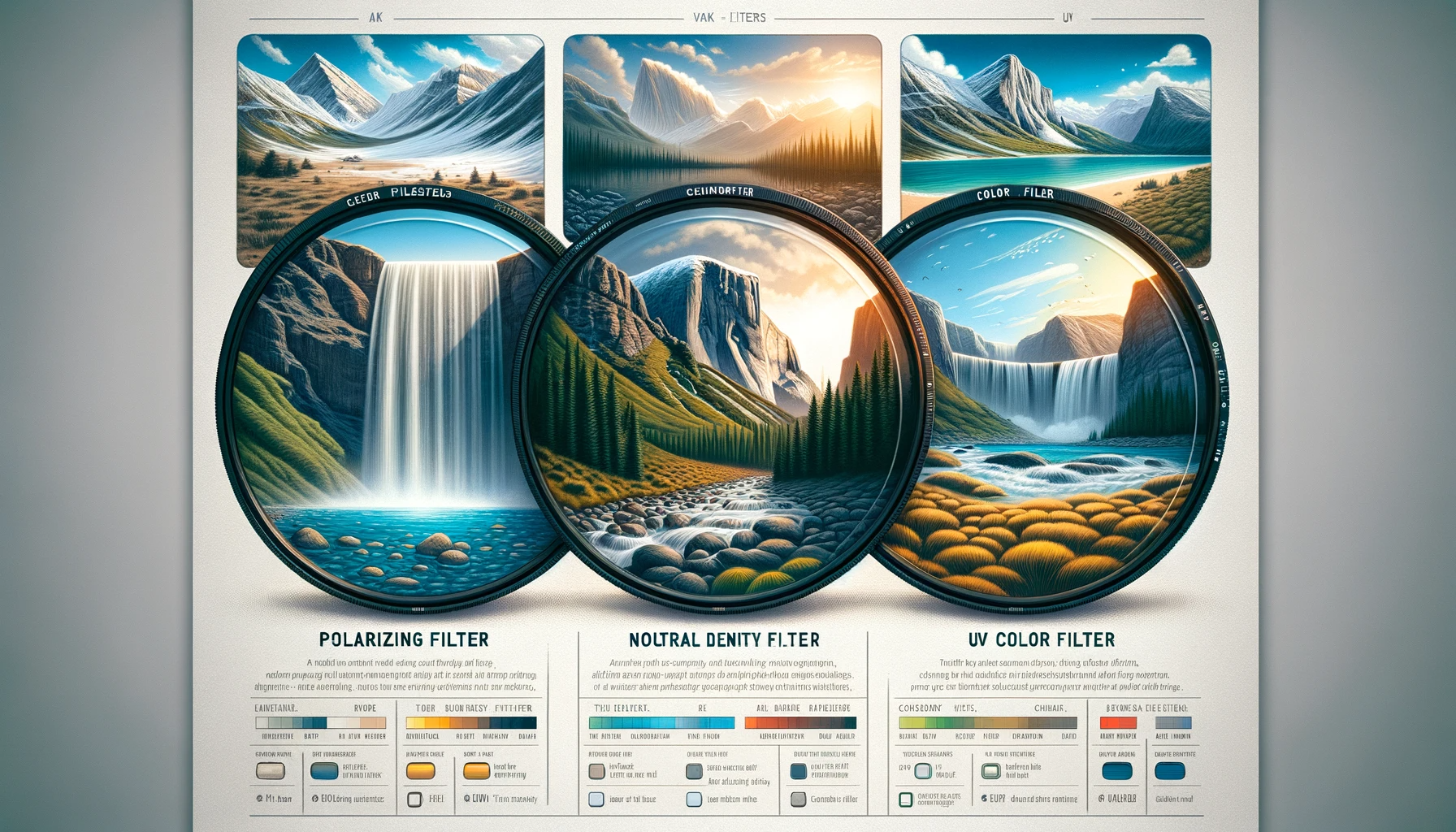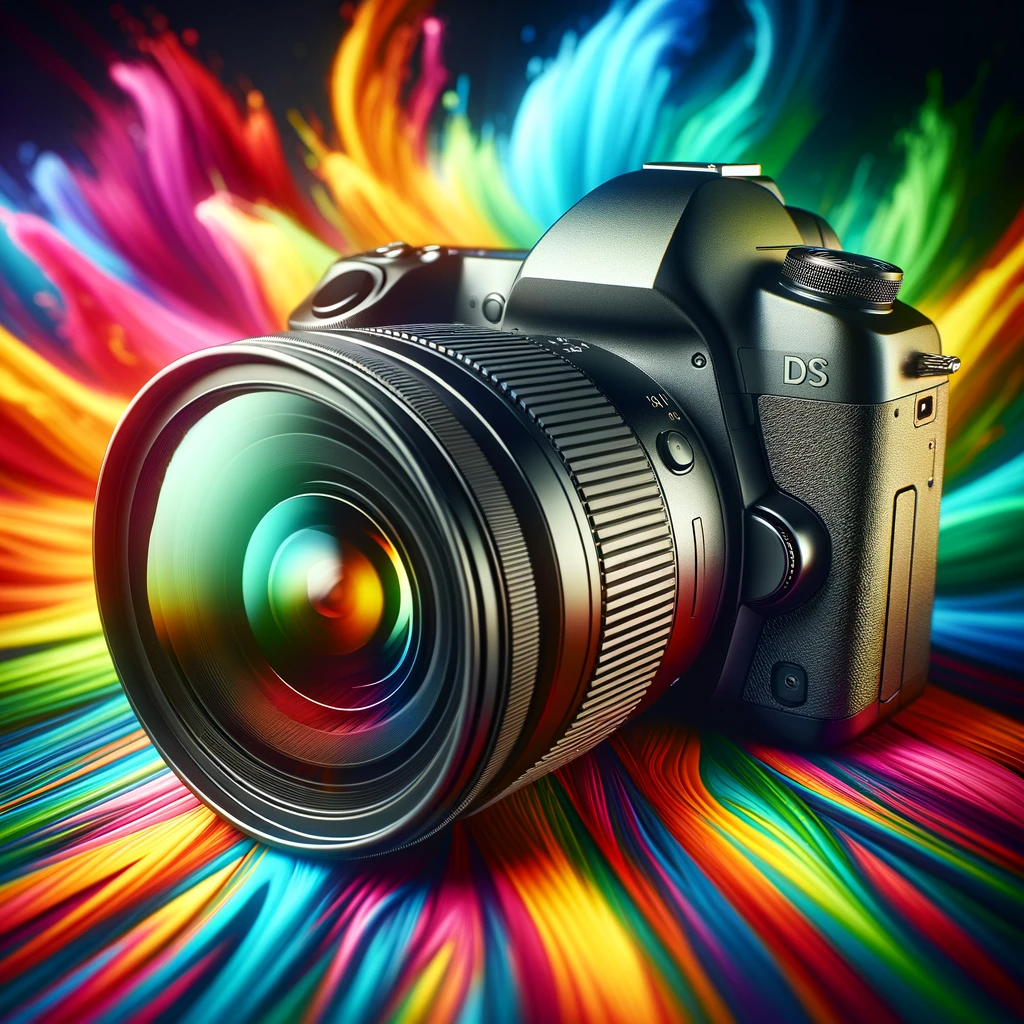Camera lenses are more than just glass and metal; they’re the eyes of your camera. Let’s break down the essential components and why they matter. First up, elements. These are the individual lenses within the lens. More elements usually mean better image quality, but also a heavier, pricier lens. Next, there’s the aperture, the opening that lets light in. A wider aperture (like f/1.8) is great for low light and creating that dreamy, blurred background effect.
Focal length is another crucial factor. It determines how ‘zoomed in’ your images appear and is typically measured in millimeters. A shorter focal length (like 24mm) gives you a wide-angle view, great for landscapes. A longer focal length (like 200mm) brings distant subjects closer, perfect for wildlife photography.
Understanding prime vs. zoom lenses is also key. Prime lenses have a fixed focal length, generally offering sharper images and wider apertures. Zoom lenses, on the other hand, offer versatility by covering a range of focal lengths, but they can be bulkier.
Aperture can be fixed or variable. Fixed aperture lenses maintain the same level of light across all focal lengths, useful for consistent exposures. Variable aperture lenses change the aperture size as you zoom in or out. Learning about these terms equips you with the knowledge to make informed decisions.
Lens compatibility is often overlooked but super important. Not all lenses fit all cameras. The lens mount type must match your camera body. Plus, some lenses are designed only for crop sensor cameras, while others work with full-frame models. Double-check compatibility to avoid costly mistakes.
Standard Lens Types and Their Uses
Prime lenses are the go-to for many photographers. Lenses like the 35mm, 50mm, and 85mm are favorites because of their sharpness and wide apertures. They shine in low light and are perfect for portrait photography, with that stunning background blur everybody loves. The downside? You can’t zoom. It’s a fixed focal length, meaning you have to move to get the shot you want. But that can be a good thing—it forces you to think more about composition.
Then, there’s the zoom lens family. These are your wide-angle, standard, and telephoto lenses. A wide-angle zoom like the 16-35mm is ideal for capturing sweeping landscapes or tight interior spaces. Standard zooms (24-70mm) are versatile workhorses, covering everything from group shots to casual portraits. Telephoto zooms (70-200mm) are essential for sports and wildlife photography, bringing distant subjects up close. Zoom lenses offer flexibility but are often heavier and less bright than primes.
Specialty lenses add some unique flavors to your photography toolkit. Macro lenses let you get up close and personal with tiny subjects, revealing details you can’t see with the naked eye. Fisheye lenses give a super wide, curved perspective, creating funky, distorted images. Tilt-shift lenses are the go-to for architectural photographers, allowing you to control perspective and keep those vertical lines straight. Each of these lenses serves a unique purpose, adding creative options beyond standard photography.
Choosing the right lens often boils down to what you want to shoot. For portrait lovers, an 85mm prime lens offers flattering compression and beautiful background blur. Landscape enthusiasts might prefer a wide-angle zoom to capture expansive scenes. Action photographers, like those shooting sports or wildlife, will find telephoto lenses indispensable for zeroing in on distant subjects. Knowing what you’re most passionate about helps narrow down your options and invest in the right lens for you.
Exploring Specialized Lenses for Creative Photography
Macro lenses let you dive into the tiny world of insects, flowers, and textures. These lenses magnify your subject, capturing intricate details that are normally missed. Whether it’s the dew on a spiderweb or the texture of a leaf, macro lenses make the small stuff look larger than life. They usually come with a long focal length, allowing you to keep a reasonable distance from your subject, which is great if your subject happens to be a skittish insect.
Fisheye lenses are all about distortion and creativity. With their ultra-wide angle of view, they can capture nearly everything in front of you. The curved perspective can make everyday scenes look surreal and playful. They’re excellent for capturing expansive skies, crowded parties, or even architecture with a twist.
Tilt-shift lenses offer a unique control over your images, letting you manipulate perspective in real-time. They’re a favorite among architectural photographers for keeping those tall buildings looking straight rather than ‘falling’ backward. You can also use them to achieve a miniature effect, making real-world scenes look like tiny models. It’s a bit of a learning curve but super rewarding once you get the hang of it.
Ultra-wide lenses are fantastic for when you want to capture as much of the scene as possible. With focal lengths shorter than 24mm, they’re perfect for dramatic landscapes, cityscapes, and interiors. The broad field of view makes them great for tight spaces where stepping back isn’t an option. Be mindful, though, of the distortion at the edges, which can be used creatively or corrected during post-processing.
Investing in High-Quality Lenses: What to Consider
Figuring out your budget is the first step. Lenses can get pricey, but there’s usually a good option for every price range. Sometimes, investing a bit more upfront saves money in the long run because you get better quality and longevity.
Features like lens coating, image stabilization, and build quality are worth paying attention to. Coatings reduce flare and ghosting, giving you clearer images. Image stabilization is a lifesaver for handheld shooting, reducing blur caused by shaky hands. A solid build ensures your lens can withstand a few bumps and knocks without falling apart.
The brand vs. third-party debate is ongoing. Sticking with your camera’s brand often means full compatibility and optimal performance, but third-party lenses from companies like Sigma and Tamron offer excellent quality at sometimes lower prices. Do a bit of research to see what works best for you.
Think about long-term value. Lenses often outlast camera bodies, and good glass retains its value. A quality lens can stay with you through multiple camera upgrades. So, sometimes it’s wiser to invest in great lenses over a top-of-the-line camera body. Taking care of your lenses will make them last even longer.
Caring for and Maintaining Your Lenses
Proper lens care starts with cleaning. Use a blower or a soft brush to remove dust and debris before wiping the lens. Avoid using rough or dirty cloths that can scratch the glass. Lens cleaning solutions and microfiber cloths are great for gently wiping away smudges.
Protecting your lenses from dust, moisture, and bumps is crucial. Use lens caps when they’re not in use. A UV filter can act as an extra layer of protection for the front element. Investing in a good quality lens hood can also help guard against flare and physical damage.
When storing your lenses, keep them in a dry, dust-free environment. Lens cases and dry boxes with humidity control are particularly effective. Avoid leaving them in extreme temperatures or direct sunlight for extended periods.
Don’t forget your lens’ warranty and service options. Regular servicing can keep your lenses in top shape. If you notice any issues like stiffness in the zoom or focus ring, or if the lens isn’t performing as it should, get it checked out by professionals.









You did an awesome job breaking down the various types of lenses, especially when you touched on how wide-angle lenses are perfect for landscape photography. I really appreciate how you made the technical stuff easy to understand without getting too overwhelming.
One thing that caught my attention was your mention of prime lenses being ideal for portrait photography because of their sharpness. I’m curious—do you have a go-to prime lens that you’d recommend for someone just getting into portrait photography? Also, do you think there’s a significant difference in quality between third-party lenses and the ones from big-name brands? Thanks for sharing such valuable insights!
HI Bob! Thanks so much for the kind words! I’m glad you found the lens breakdown helpful. For someone just getting into portrait photography, I’d recommend the 50mm f/1.8 prime lens—it’s a solid, affordable option with great sharpness and that beautiful background blur (bokeh) for portraits.
As for third-party vs. big-name lenses, I think third-party brands like Sigma and Tamron make some excellent options that can definitely hold their own in terms of quality. You might not notice much difference unless you’re really pushing the limits, but it’s worth checking out reviews to see which lenses fit your style and budget best!